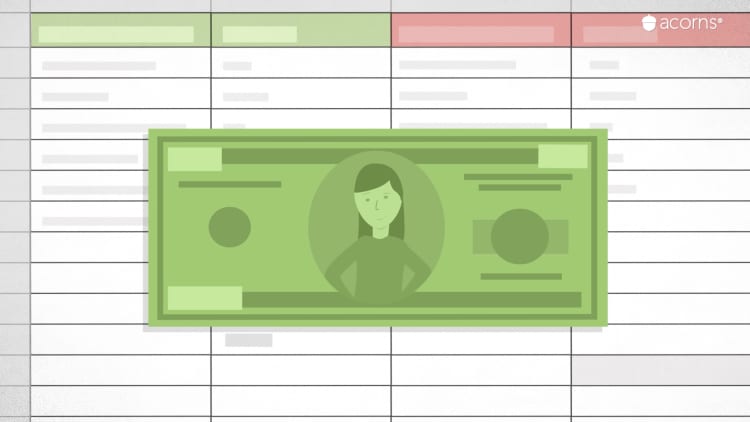On the surface, retirement planning hasn’t changed all that much over the years. You work, you save and then you retire. But while the mechanics may be the same, today’s savers are facing some challenges that previous generations didn’t have to worry about.
First of all, life expectancy is longer, which means you’ll need your money to last longer – potentially into your 90s. Bond yields are also much lower than they used to be, which means you can’t buy a few fixed income instruments and earn a double-digit return. Then there is the health crisis due to the coronavirus pandemic.
This is compounded by the fact that more companies are moving away from defined benefit pensions – which guaranteed you a certain amount of money in your golden years – to defined contribution plans, which are more subject to market ups and downs.
So, how can you have the retirement you’ve always wanted? After all, retirees want to experience all the things they couldn’t do when they were too busy working. Exotic travel vacations, marathon running, novel writing, spending more time with friends and family – the possibilities are almost endless. There are several steps, which we explain in this retirement guide, from budgeting and setting goals to choosing the right retirement savings account that will help you map out a plan that’s right for you.
How much do you need to save for retirement?
One of the hardest parts about preparing for retirement is thinking about life as a 70-something. A lot of people get so overwhelmed about saving for an unknown future, that they end up not saving anything at all. Thankfully, planning for retirement is not overly onerous, but you will need a road map – one that can evolve over time – to keep you on track.
The first place to start is to think about what your life might look like in retirement. Sit down with a pen and paper and write down your retirement goals.
Then think about how much everything will cost. We don’t know what prices will be like in the future. Remember, some of the costly expenses you have now, such as a mortgage or childcare costs, will no longer exist, which could result in a decrease in your overall expenses as you near retirement.
Next, add up all the income you might receive in your post-working years. Factor in pension income if you have one, social security payments and any other income, such as rental income from a property, that may come your way. Match up revenue and expenses and you’ll get a good idea of what you’ll need to set aside for every year of your retirement.
Here are some things you should factor into your calculations:
● Housing costs, including rent or a mortgage, heating, water and maintenance
● Health-care
● Day-to-day living, such as food, clothing, transportation
● Entertainment, including restaurants, movies, plays
● Travel, including flights, hotels, gas if driving
● Possible life insurance
What’s the magic number to hit for a golden retirement?
Over the years, finance experts have said that people need to save atleast 5 Million – that’s recently climbed to 10 Million as the cost of living and age demographics have changed. Some advise that you need to save 80% to 90% of your annual pre-retirement income, or that you need to save 12 times your pre-retirement salary. Those numbers and formulas can be a guide, but they’re not gospel – everyone’s situation will be different.
How to start saving for retirement
While starting early is always important – even Rs. 5000 a month in your 20s is helpful – it’s OK to set money aside for more immediate needs first and then start tackling retirement in your late 30s and early 40s. However, you don’t want to wait much beyond that because you’ll need time to put money into a retirement account for that money to grow. The longer you wait the more you’ll have to sock away yearly making the challenge a lot more difficult.

